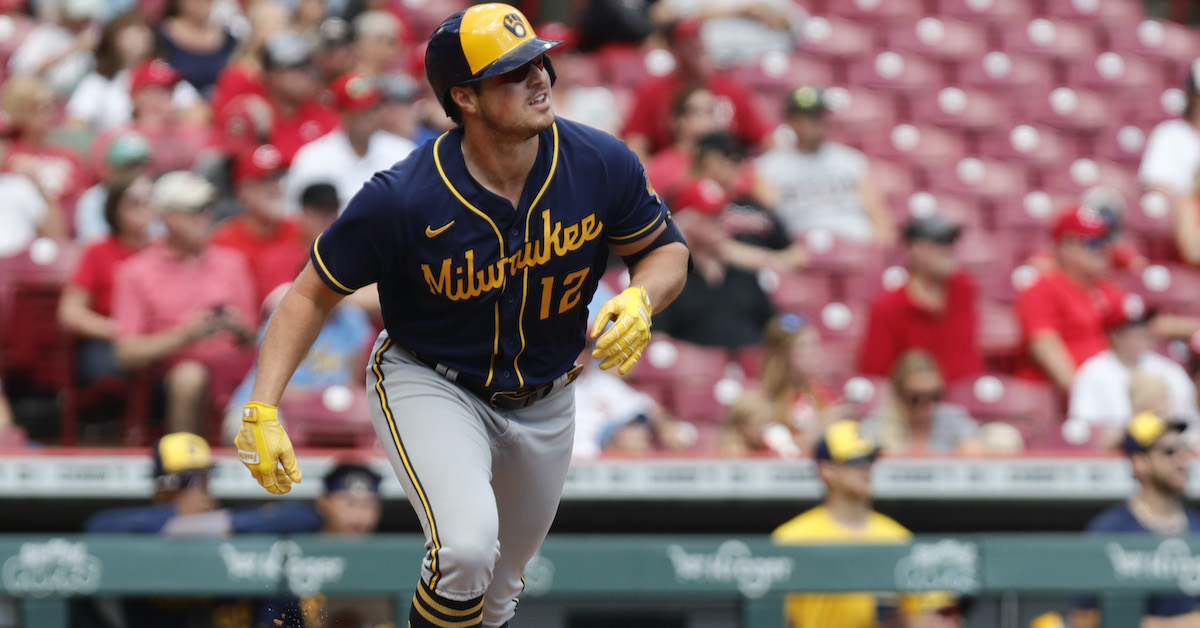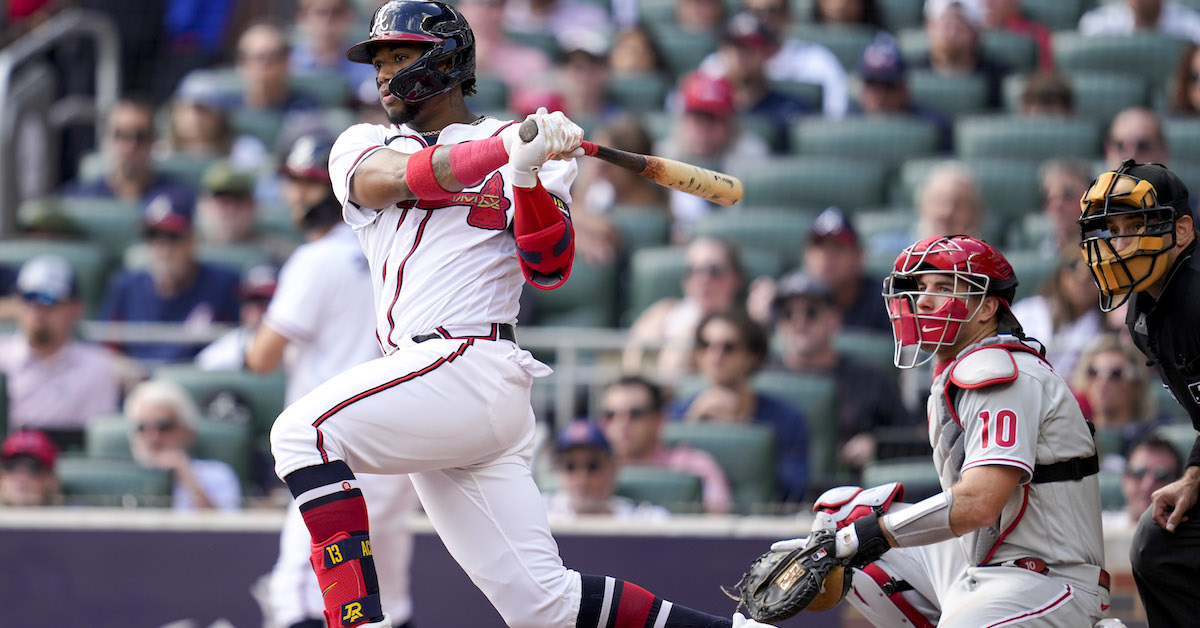Dominican Summer League – Pitching Coach
Department: Player Development
Reports to: Coordinator of Minor League Pitching
Status: Full Time; Exempt
Position Summary:
The San Francisco Giants are currently seeking a Minor League pitching coach to join our Player Development Department in the Dominican Summer League in Boca Chica, Dominican Republic. The ideal candidate will have strong growth mindset and the ability to connect with young pitchers. This role will be an immersive player development experience that includes the execution and implementation of development goals and organizational philosophies for individual pitcher’s in a team environment.
Position Responsibilities:
- Build trust and deep connections with individual pitchers and staff to best support development progress
- Be movement quality and intent focused while supporting the work being done in the weight room and nutrition- a priority at this level
- Communicate effectively with a diverse staff
- Aid in the creation of player plans by integrating objective information into a detailed and comprehensive player development plan
- Monitor and guide on-field baseball work, bullpens and throwing programs
- Work holistically with all departments to better serve the needs of each individual pitcher
- When asked, provide feedback to the Director of Player Development and the Coordinator of Minor League Pitching about the progress of pitchers’ development throughout the season.
- Provide daily game reports based on player plans and be process driven.
- Communicate with the team’s Manager before, during, and after the game about pitchers’ usage, availability, and game planning
- Maintain high, positive standards and expectations of pitching and teamwork for self and players
Skills and Qualifications:
- Bilingual- English and Spanish Fluency
- Ability to work non-traditional hours, including weekends and holidays as dictated by the baseball calendar
- Ability to communicate effectively with all members of Baseball Operations
- Proficiency with various pitching development tools including but not limited to; ball-tracking technology, high speed video cameras, and biomechanics reports/movement screens
- Able to demonstrate (verbal / non-verbal) expertise in pitching techniques and deliveries
- Proficiency in Microsoft Office and Slack
- Possess a minimum of one year of related experience and/or training. Previous experience with a Major or Minor League Baseball organization or collegiate baseball program
At the Giants, we believe we put our best work forward when our employees bring together ideas that are diverse in thought. We are proud to be an equal opportunity workplace and are committed to equal employment opportunity regardless of race, religious creed, color, national origin, ancestry, medical condition or disability, genetic condition, marital status, domestic partnership status, sex, gender, gender identity, gender expression, age, sexual orientation, military or veteran status and any other protected class under federal, state or local law. Pursuant to the San Francisco Fair Chance Ordinance, we will consider for employment qualified applicants with arrest and conviction records. In addition, we will provide reasonable accommodations for qualified individuals with disabilities. If you have a disability or special need, we would like to know how we can better accommodate you.
To Apply:
To apply, please follow this link.
The content in this posting was created and provided solely by the San Francisco Giants.







